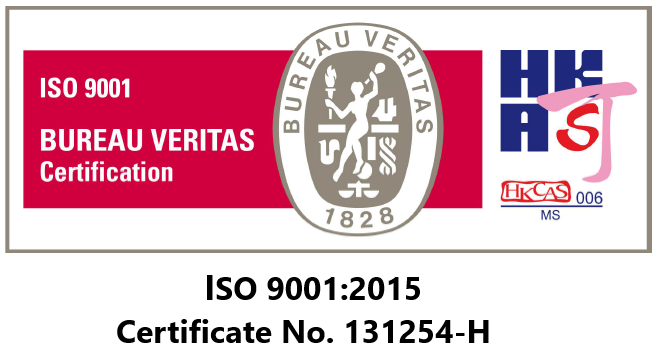Primary Water Treatment Concerns
Basic concepts of water treatment

 Sitemap
Sitemap



Primary Water Treatment Concerns
Basic concepts of water treatment


Deposits in water systems in the simplest terms represent scale and any suspend solids that accumulate on metal surfaces or in distribution piping.
It leads to reduction in heat transfer efficiency due to the formation of an insulating deposit on heat transfer surface and reduction of water flow resulting from partial or complete blockage of valves, strainers, pipes and heat exchangers, etc.

Corrosion is a result of electro-chemical / chemical reaction process developing by metal or oxide (e.g. Oxygen). It usually occurs in the piping system where metal is exposed to oxygen and water. The attack of corrosion can concentrate on particular areas or in a large surface area. It can cause holes and crevices and damage the piping system.

Micro-organisms that proliferate in water systems include algae, fungi (yeast and mould) and bacteria. They can cause hygiene problems in water systems, deposition, corrosion, odors and degradation of additives. Some types of pathogenic bacteria, such as Legionella, may cause health hazards.

Transmission of the bacteria to the human bodies is mainly by inhalation of airborne droplets (i.e. aerosols) or particles in fine mist containing the bacteria into the lungs where they are deposited. According to the previous reported cases, the sources of the aerosols causing an outbreak were mainly traced to water systems in buildings including evaporative cooling towers and humidifiers of air-conditioning systems, hot and cold water services, whirlpool spas, industrial heating and cooling processes, etc. Normal range of operation temperature of these systems is conducive to the growth of Legionellae.
(RED: EMSD Prevention of Legionnairies’Disease Code of Practice (2012 Edition))